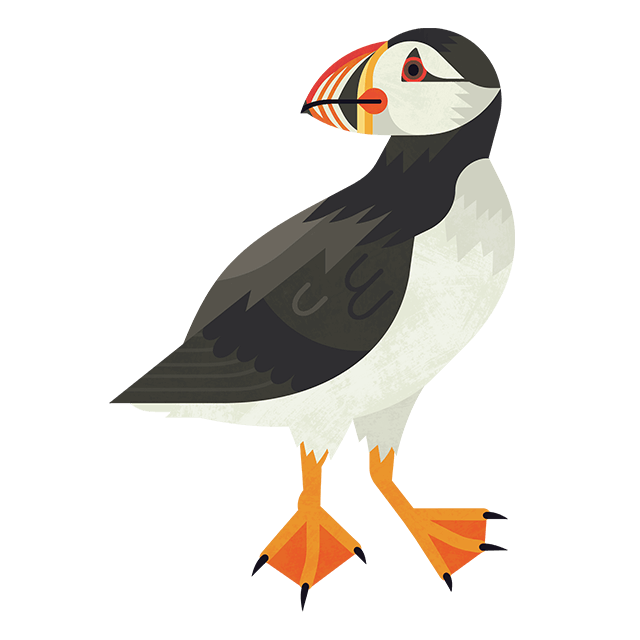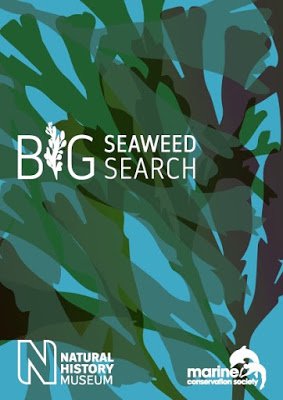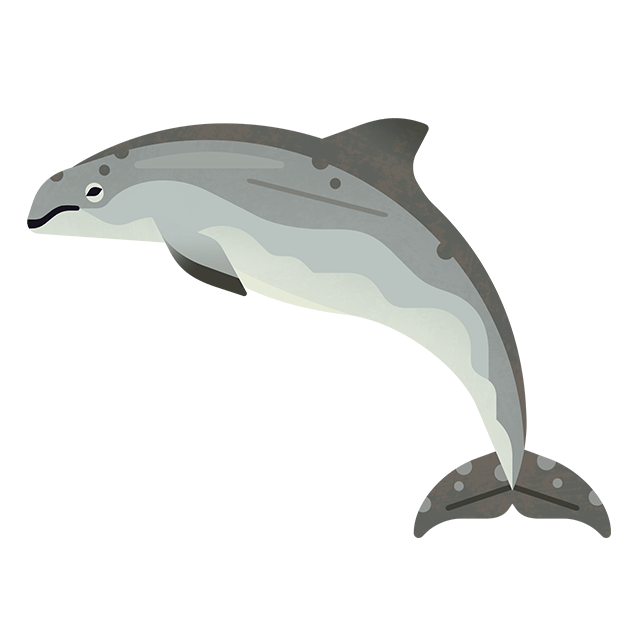
The Big Seaweed Search: helping out during lockdown
We really appreciate all the help our volunteers can give us. This year has been a bit different, but there are still plenty of ways to support our work.

Sea Champion Sally tells us how she has been involved with validating data for the Big Seaweed Search.
Hi there! I’m Sally, a Sea Champion, (fair-weather) Seasearch diver and a marine biology placement year student working with the Marine Conservation Society and the Natural History Museum for the Big Seaweed Search project. (Yes, that is my seaweed-ing suit for anyone who’s wondering!)
So, a bit of background to me and why I get to tell you about the Big Seaweed Search. I became a member of the Marine Conservation Society in 2017 having spoken to volunteers at their stand at the ExCel dive show, but I only really got involved with the Marine Conservation Society when I got to Plymouth University. There I met lots of brilliant and like-minded people, whereby I got roped in (in a good way) to become a Seasearch diver, something I had wanted to get into as soon as I moved down to the coast!

It was around that time that I met up with Jules, the (brilliant) Sea Champion coordinator for the southwest, as she was recruiting Sea Champions to work with the university. As we were talking she mentioned the Big Seaweed Search project, something I hadn’t heard about before. Although not my primary focus of studies, seaweed is immensely interesting (well to me at least!), so I asked if there was anything I could do to get involved. Yes, was the short answer!
“But Sally,” I hear you ask. “What is the Big Seaweed Search and how can I get involved?” The Big Seaweed Search is a citizen science project, so it relies on citizen scientists (that’s you!) to go out to the coast and take a survey of the seaweed that’s there. All the information can be found on the Marine Conservation Society and Natural History Museum websites, including a guide for how to run your survey, what 14 species of seaweed you will be looking out for and how to identify them. There’s also a printable recording form, so you don’t have to memorise every species you see.
If you’re a Sea Champion already, in the July e-bulletin for the southwest there’s an article about news, feedback and a data request for the Big Seaweed Search, asking that if you have taken part in a survey before, check that you uploaded your photos, as this is the only way we (…well I) can verify the seaweeds that you’ve recorded!
If you’re now just really eager to get out to your local beach and do some citizen science (which I hope you are!), then all you need to do is download (and print) the guide and recording form, grab a pencil and your camera and/or smartphone, get down to the beach and have fun!
Happy recording everyone!





